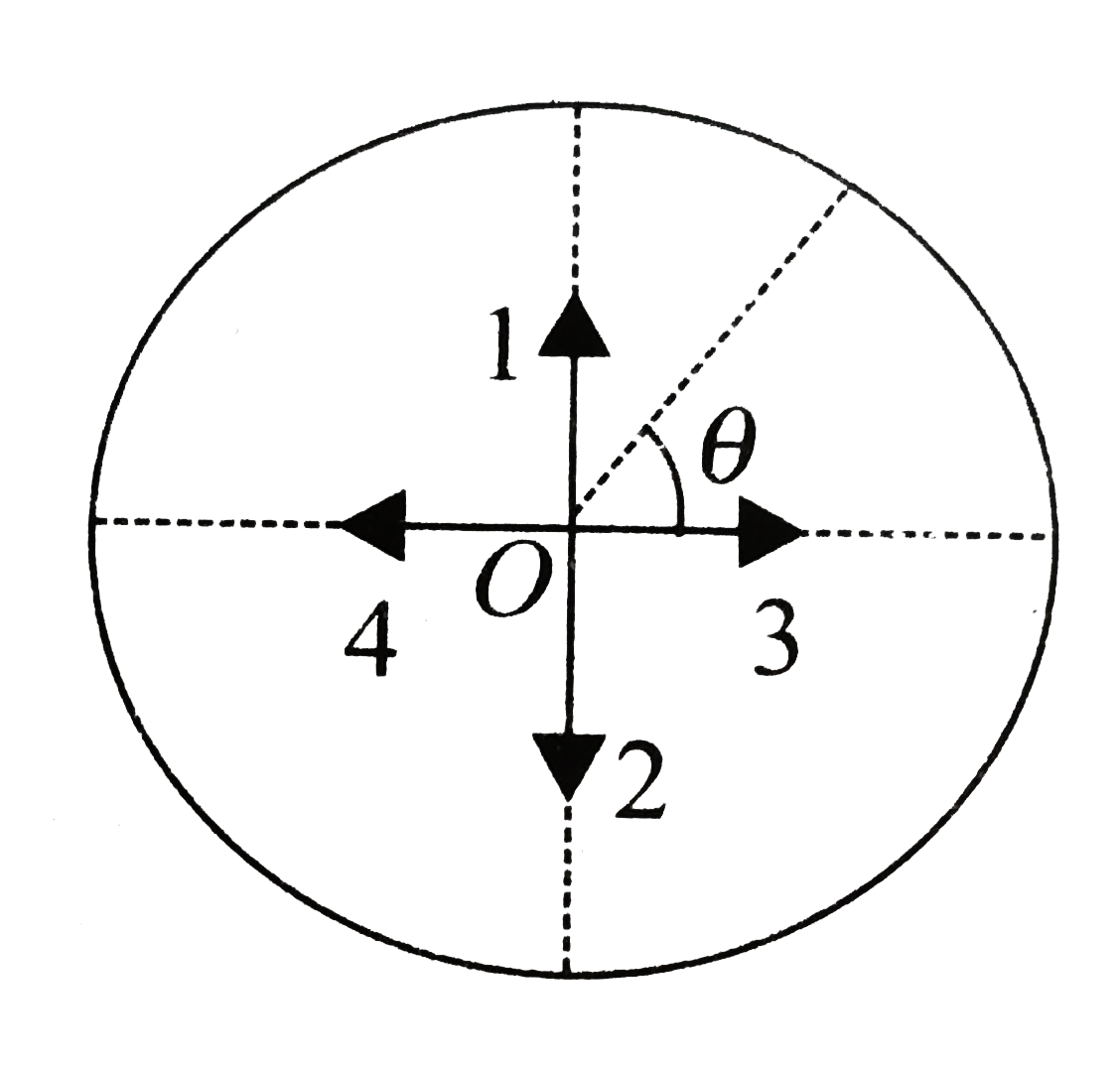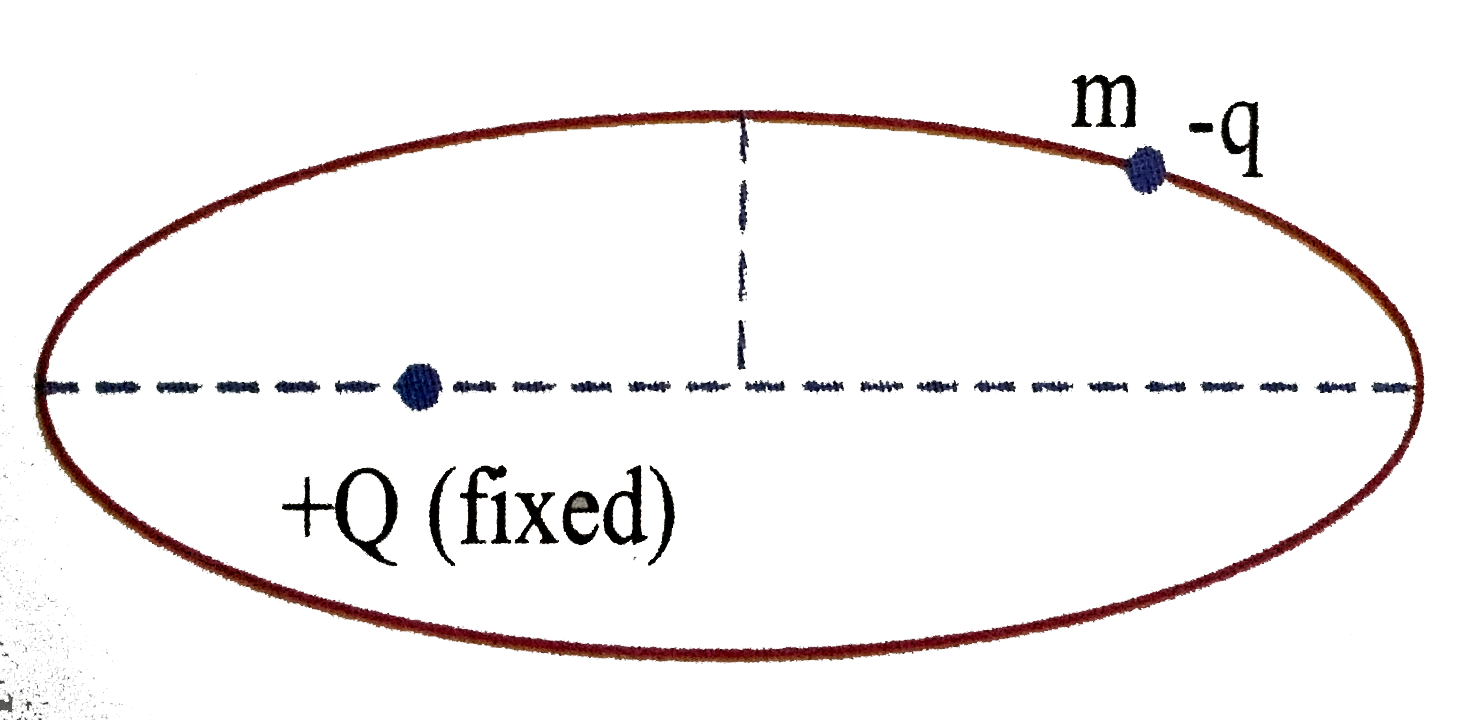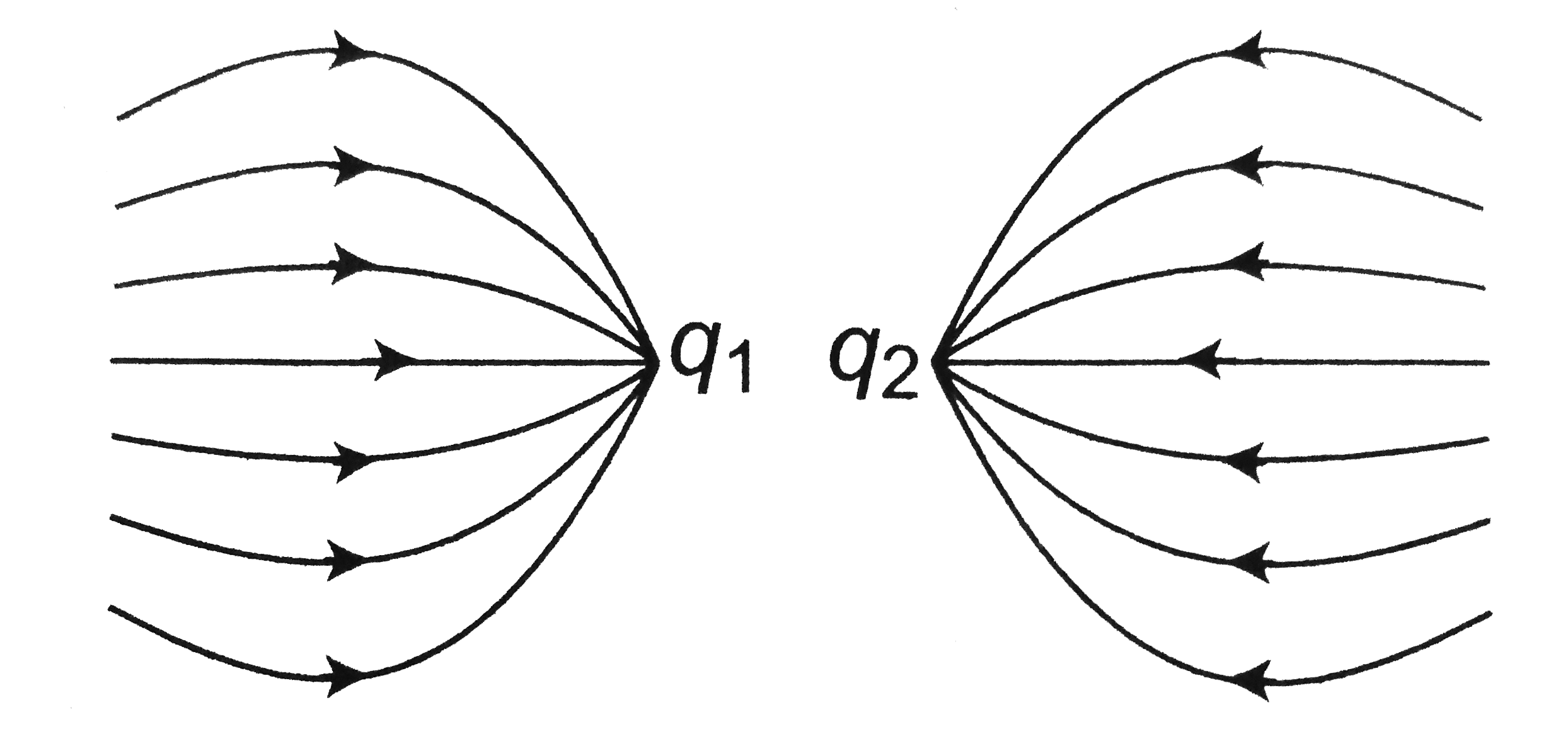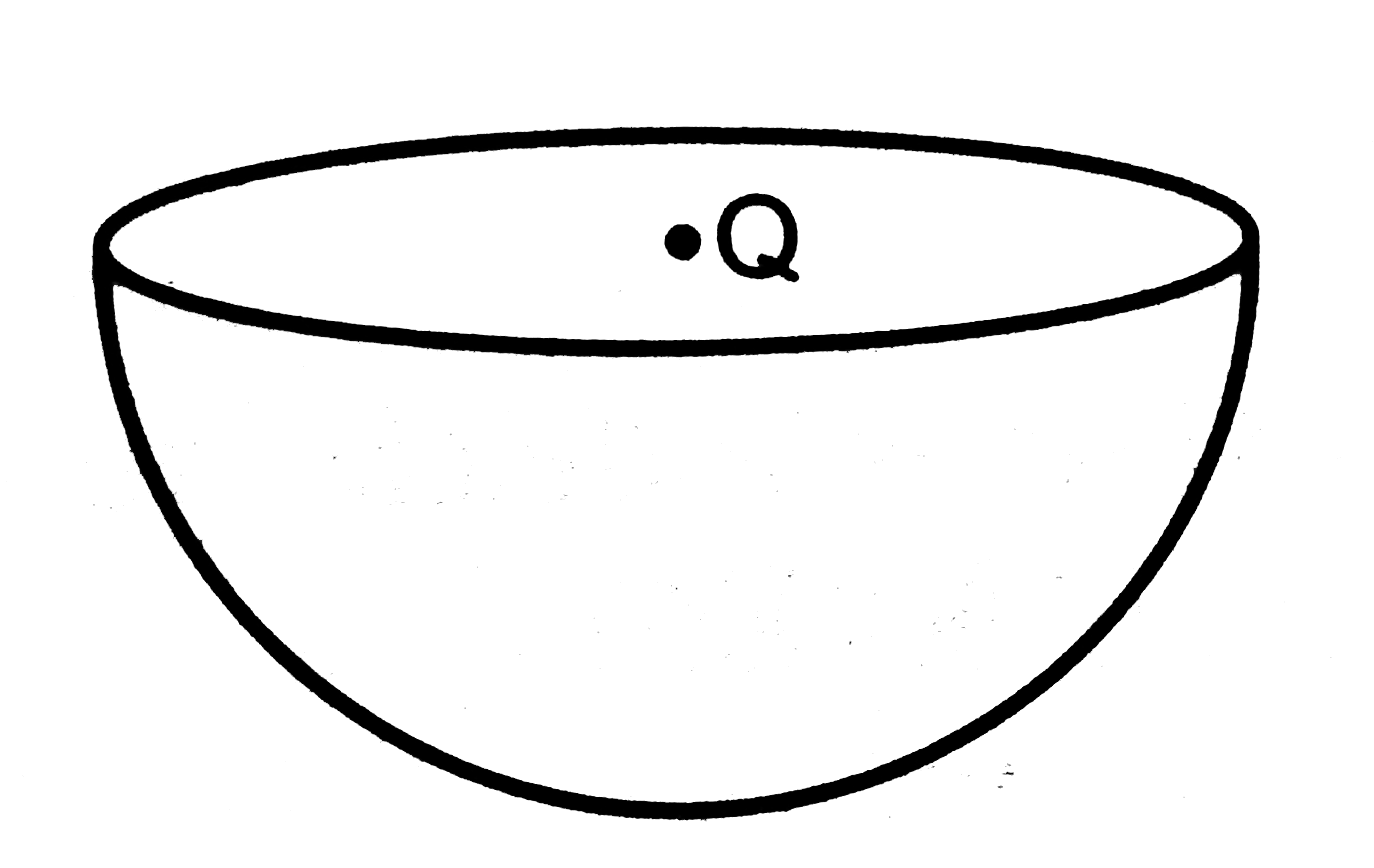Gauss.s law is true only if force due to a charge varies as:
r−1
r−2
r−3
r−4
The correct Answer is:B
To solve the question regarding Gauss's law and the variation of force due to a charge, we can follow these steps:
1. Understanding Gauss's Law:
Gauss's law states that the total electric flux (Φ) through a closed surface is equal to the charge (q) enclosed by that surface divided by the permittivity of free space (ε₀). Mathematically, it is expressed as:
Φ=qϵ0
2. Relating Electric Flux to Electric Field:
The electric flux can also be expressed in terms of the electric field (E) and the area (A) of the surface:
Φ=E⋅A
3. Combining the Two Expressions:
By equating the two expressions for flux, we have:
E⋅A=qϵ0
4. Finding the Electric Field (E):
For a point charge, the electric field (E) at a distance (r) from the charge is given by:
E=14πϵ0qr2
Here, we see that the electric field varies inversely with the square of the distance (r).
5. Relating Electric Field to Force:
The force (F) experienced by a charge (q) in an electric field (E) is given by:
F=qE
Substituting the expression for E, we get:
F=q(14πϵ0qr2)=q24πϵ0r2
6. Conclusion on Force Variation:
From the expression F∝1r2, we conclude that the force varies as r−2. Therefore, the correct answer is that Gauss's law is true only if the force due to a charge varies as r−2.
Final Answer:
The correct option is r−2.
---
Gauss's law states that the total electric flux (Φ) through a closed surface is equal to the charge (q) enclosed by that surface divided by the permittivity of free space (ε₀). Mathematically, it is expressed as:
Φ=qϵ0
The electric flux can also be expressed in terms of the electric field (E) and the area (A) of the surface:
Φ=E⋅A
By equating the two expressions for flux, we have:
E⋅A=qϵ0
For a point charge, the electric field (E) at a distance (r) from the charge is given by:
E=14πϵ0qr2
Here, we see that the electric field varies inversely with the square of the distance (r).
The force (F) experienced by a charge (q) in an electric field (E) is given by:
F=qE
Substituting the expression for E, we get:
F=q(14πϵ0qr2)=q24πϵ0r2
From the expression F∝1r2, we conclude that the force varies as r−2. Therefore, the correct answer is that Gauss's law is true only if the force due to a charge varies as r−2.
The correct option is r−2.
Topper's Solved these Questions
- ELECTRIC CHARGES AND FIELDSBOOK - AAKASH SERIESCHAPTER - ELECTRIC CHARGES AND FIELDSEXERCISE - Exercise-II
56 Videos
- ELECTRIC CHARGES AND FIELDSBOOK - AAKASH SERIESCHAPTER - ELECTRIC CHARGES AND FIELDSEXERCISE - Practice Exercise
57 Videos
- ELECTRIC CHARGES AND FIELDSBOOK - AAKASH SERIESCHAPTER - ELECTRIC CHARGES AND FIELDSEXERCISE - Assess Your Self
13 Videos
- DUAL NATURE OF RADIATION AND MATTERBOOK - AAKASH SERIESCHAPTER - DUAL NATURE OF RADIATION AND MATTEREXERCISE - PRACTICE EXERCISEX
42 Videos
- ELECTRIC FIELD AND POTENTIALBOOK - AAKASH SERIESCHAPTER - ELECTRIC FIELD AND POTENTIALEXERCISE - PROBLEMS (LEVEL-II)
26 Videos
Similar Questions
Gauss’s law states that
View SolutionWhich of the following statements is/are correct?
a. Electric field calculated by Gauss law is the field due to only those charges which are enclosed inside the Gaussian surface.
b. Gauss law is applicable only when there is a symmetrical distribution of charge.
c. Electric flux through a closed surface is equal to total flux due to all the charges enclosed within that surface only.
View Solution
Knowledge Check
Assertion : Total flux through a closed surface is zero if no charge is enclosed by the surface.
Reason : Gauss law is true for any closed surface, no matter what its shape or size is.AIf both assertion and reason are true and reason is the correct explanation of assertion.BIf both assertion and reason are true but reason is not the correct explanation of assertion.CIf assertion is true but reason is false.DIf both assertion and reason are false.
Assertion In non-uniform magnetic field speed of a charged particle varies.
Reason Work done by magnetic force on a charged particle is always zero.
View SolutionCharge over a nonconducting ring is distributed so that the linear charge density varies as λ=λ0sinθ. What is the direction of force on a charge q0 placed at the center?

View SolutionA positive point charge +Q is fixed in space .A negative point charge −q of mass m revolves around a fixed charge in elliptical orbits .The fixed charge +Qis at one focus of the ellipse.The only force acting on negative charge is the electrostatic force due to positive charge is the electrostatic force due to positive charge.Then which of the following statement is true

View SolutionThe figure is a plot of lines of force due to two charges q1andq2. Find out the sign of charges.

View SolutionA : We may have a Gaussian surface in which less number of field lines enter and more field lines come out.
R : The electric field E in the Gauss's law is only due to the enclosed charges.
View SolutionA charge Q is placed at the centre of an inaginary hemispherical surface. Using symmetry arguments and the Gauss's law, find the flux of the electric field due to this charge through the surface of the hemisphere (figure ).

View SolutionA charged is moving with constant velocity parallel to a horizontal current carrying long wire. The direction of velocity of that particle and the current are same. If the force acting on the particle are only magnetic force due to wire and gravitational force due to earth, then the particle :
View Solution
